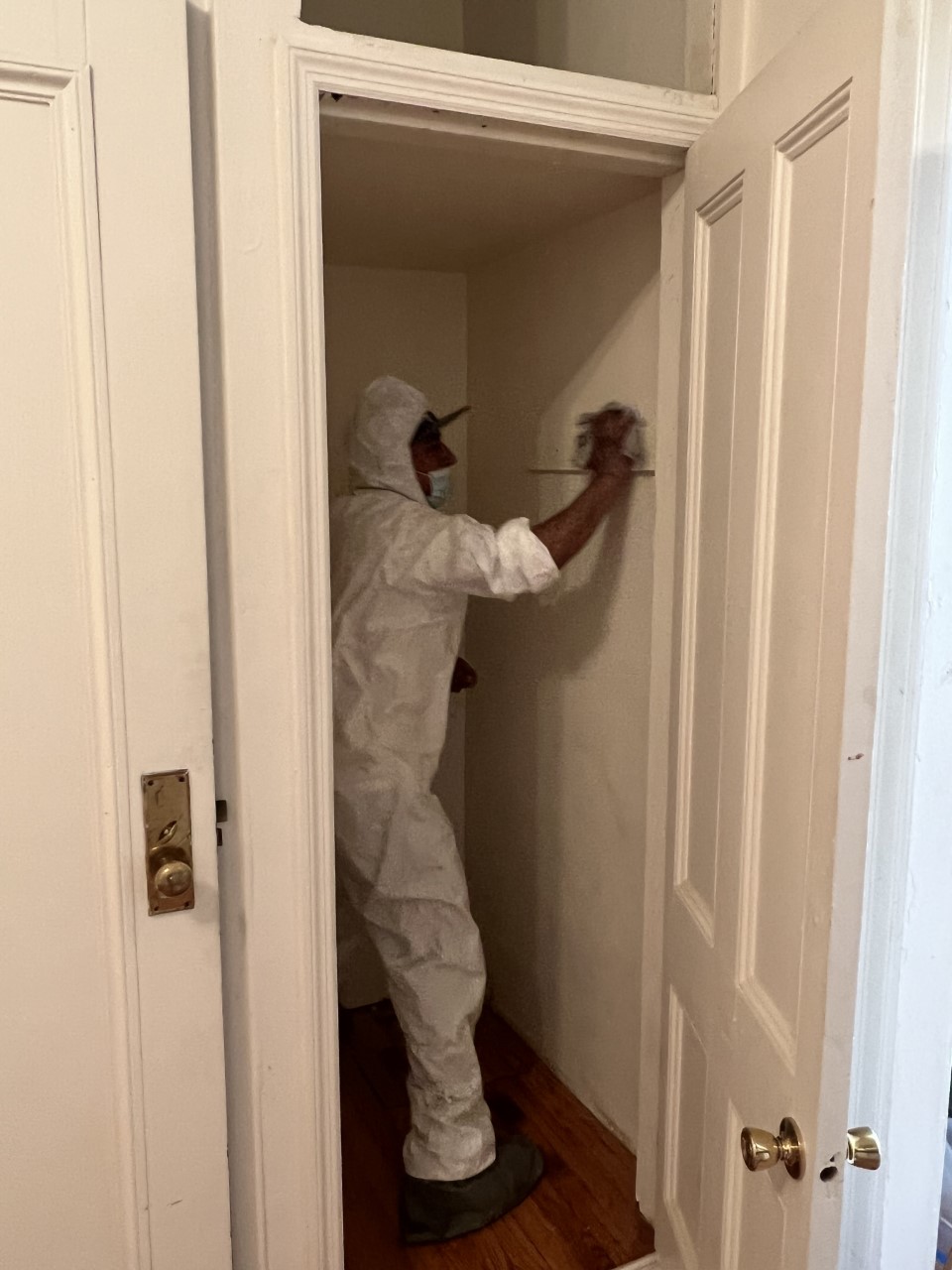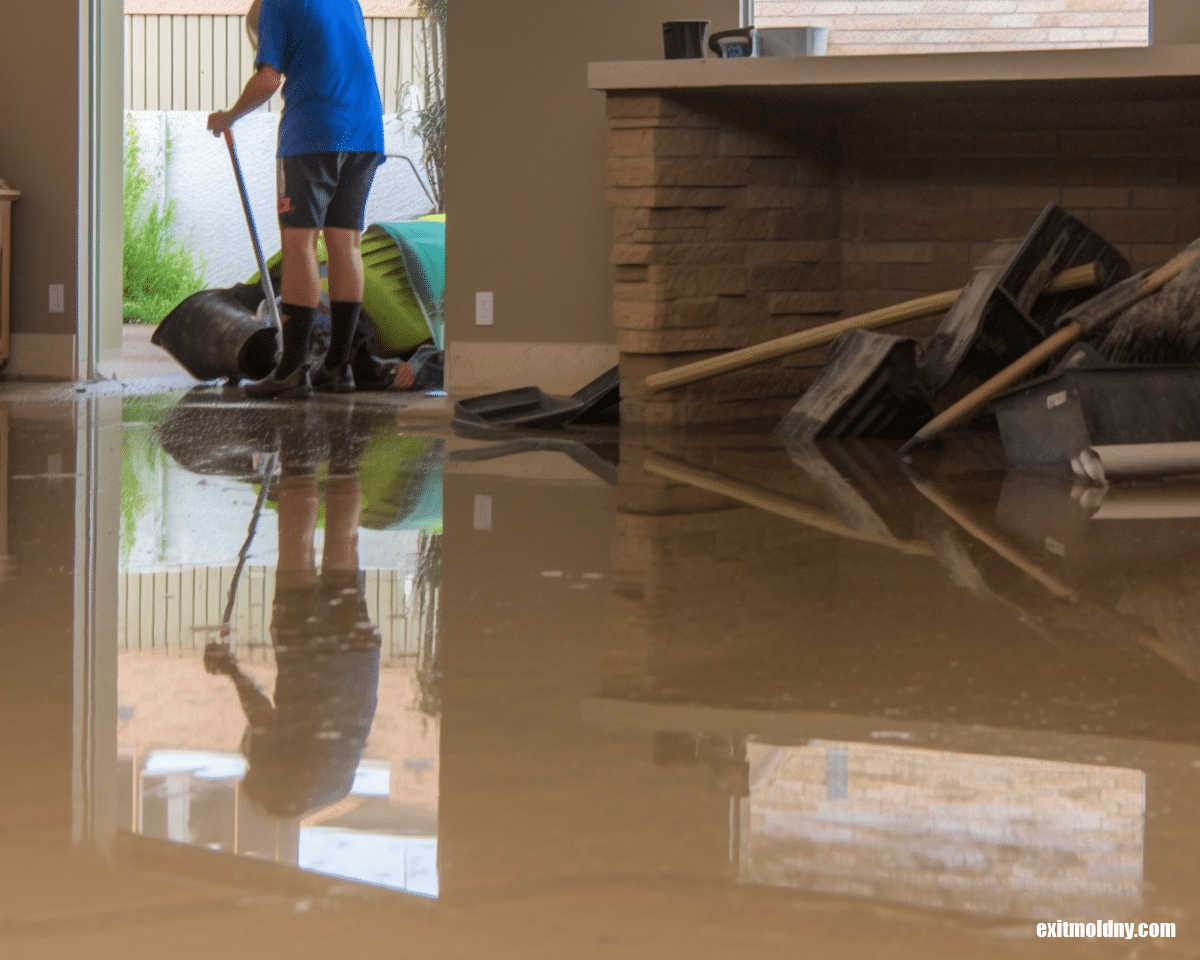Trustworthy DOH & HPD Lead Violation Removal in NYC-- Shield Your Residential property
Trustworthy DOH & HPD Lead Violation Removal in NYC-- Shield Your Residential property
Blog Article
Comprehensive Overview on Effective Lead Infraction Removal Strategies
In the world of ecological safety and security, attending to lead offenses demands a precise and organized strategy. This extensive overview starts by highlighting the crucial first actions of determining lead threats with advanced analysis and testing techniques. Strategies such as XRF evaluation and dirt wipe sampling are crucial in determining contamination sources. The guide specifies on the relevance of adhering to strict safety procedures throughout the elimination procedure, including the use of appropriate PPE and isolating impacted areas. The subsequent sections assure to go over post-removal confirmation and preventive methods, guaranteeing long-lasting safety and conformity. Discover the elaborate information that make these techniques not just effective but crucial.
Determining Lead Risks
Determining lead hazards is a critical initial action in reducing the threats associated with lead exposure. Lead, a poisonous metal, can be existing in numerous environmental tools, including paint, soil, water, and dirt.
The first phase in determining lead threats entails comprehending typical lead sources within the constructed atmosphere. Frameworks built before 1978 are specifically susceptible because of the widespread use lead-based paint during that duration. In addition, soil contamination can take place from deteriorating outside paint, industrial discharges, or historic use leaded gasoline.
One more considerable resource is lead piping and plumbing fixtures, which can seep lead into drinking water. Customer items such as playthings, porcelains, and imported items might also have hazardous lead degrees. Especially, work-related atmospheres and leisure activities including lead can track pollutants into homes.
Evaluation and Testing
When attending to lead dangers, efficient analysis and screening are paramount. This important step makes sure the identification and metrology of lead existence, consequently directing succeeding remediation initiatives. Initial analysis normally includes an aesthetic examination to identify potential lead sources, such as degrading paint or infected dust. This is complemented by even more strenuous testing techniques to determine the degree of contamination.

Dust wipe tasting is one more vital strategy, particularly in residential settings. By accumulating examples from floors, windowsills, and other surface areas, this approach provides insights into potential exposure dangers. Moreover, dirt screening around building borders is essential to identify lead contamination that can posture hazards, especially to children.
Safe Removal Procedures
Upon finishing detailed evaluation and screening, implementing risk-free removal treatments is the next essential phase in addressing lead dangers. This process makes sure that lead-contaminated materials are properly and safely eliminated, decreasing danger to both workers and homeowners. The very first step entails separating the damaged location using plastic sheet and proper sealing techniques to avoid the spread of lead dirt.
Workers need to put on suitable read review individual safety devices (PPE), including respirators, handwear covers, and non reusable coveralls, to mitigate direct exposure. Using specialized devices and wet methods, such as wet sanding or utilizing HEPA-filtered vacuums, minimizes the diffusion of lead particles. It is important to prevent dry fining sand or unpleasant blasting, as these approaches can produce dangerous lead dirt.
Waste disposal is one more vital component; all contaminated materials have to be firmly nabbed and identified according to EPA and regional laws. In addition, extensive cleansing of the work area with HEPA vacuums and wet cleaning makes sure the removal of recurring lead particles.
Post-Removal Confirmation

Verification of effective lead removal, recognized as post-removal verification, is vital to make sure the safety and habitability of the remediated area. This inspection makes sure that all known sources of lead have been attended to and that no noticeable indicators of contamination remain.
Complying with the aesthetic inspection, ecological sampling is conducted. This includes accumulating dirt, dirt, and sometimes water samples from the remediated location. Recognized research laboratories assess these samples to gauge lead levels, guaranteeing they fall below the security official source thresholds developed by regulative bodies such as the Epa (EPA)
Additionally, air high quality testing may be done to find air-borne lead fragments, particularly in cases where substantial lead-based paint removal or renovation has occurred. The outcomes of these examinations give measurable information validating that the lead degrees are within acceptable restrictions.
Eventually, post-removal verification acts as a vital checkpoint, confirming the effectiveness of the lead abatement initiatives and guarding the wellness of owners and site visitors.
Precautionary Steps and Maintenance

An essential safety net consists of using lead-safe accredited specialists for any renovation, repair service, or paint tasks. These professionals are trained in techniques that reduce lead dirt and particles. Furthermore, keeping colored surface areas helpful hints to prevent chipping or peeling is vital, as degrading paint can launch lead fragments right into the environment.
Educational campaigns targeting building owners and occupants regarding the threats of lead and the relevance of reporting any kind of possible dangers can better enhance preventative initiatives. Regular cleaning utilizing HEPA vacuums and wet wiping strategies can considerably minimize lead dust build-up.
Final Thought
In summary, effective lead infraction removal requires a precise technique encompassing extensive assessment, accurate screening, and rigid elimination treatments. Making sure safety through appropriate seclusion and personal safety tools remains vital. Post-removal verification using environmental tasting and air high quality testing corroborates compliance with well established safety criteria. Furthermore, continuous evaluations and maintenance are important to reduce future lead hazards, thus securing public health and ensuring continual conformity with regulatory needs.
Report this page